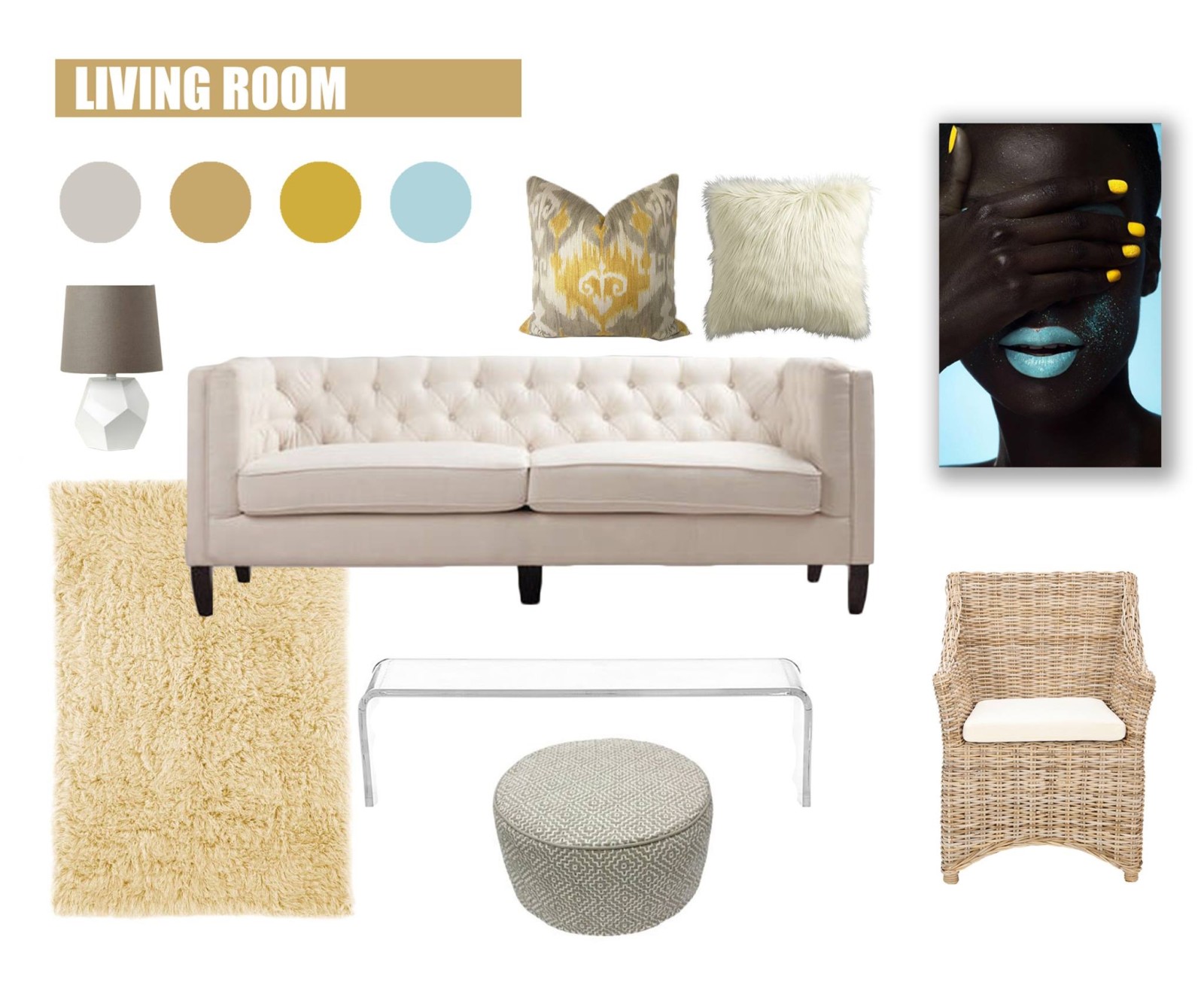Rug 101 Lessons

When we moved a few months ago from our fairly small, thoroughly carpeted house to our new home, we were thrilled with the lovely old oak floors. We had the floors cleaned and polished before we moved in, and have lived with the rich, warm glow of the bare wood ever since. But now it’s starting to get cold, we’re all inside more and the kids (and the cats) are skidding crazily through the hallways when they run in the house. Also, it bothers me that my voice echoes even in the relatively small space of my office. It’s definitely time to buy some area rugs.
I’ve never purchased a rug in my life and have the feeling that it’s like buying a car: The less you know the more you pay. I called three different experts for advice on where to begin. While they disagreed on just a few points (most notably whether or not the rug should be the first or last purchase in designing a room), they offered loads of helpful tips.
Budget
You should buy the best rug you can afford, even it means living with bare floors while you save up your pennies. Look for good quality natural materials such as wool and silk. A high-quality wool rug will wear well and even look better over time, says Kurtz. “Wool has the capacity to develop its own patina through exposure to light and air and feet walking on it. It’s like having a wonderful piece of wood furniture and rubbing your hand over it every day.”
Sisal, jute and grass rugs often cost less, but are difficult to clean and don’t last as long. “If you spill red wine on it, that rug is gone,” says Baglino.
In general, use the cost of the other furniture in the room as a guideline for how much to spend, says Lohnes. In the living room, for instance, the rug should cost as much as the sofa, or slightly more. (Since our 12-year-old sofa has been spilled and spat up on through a decade of kids, I’m using what I’d spend on a new sofa as a guideline.) Set your price limit before you shop then add 10 percent, so you have some flexibility in that range.
Size
Lohnes’ rule of thumb: Choose a rug that is two feet shorter than the smallest wall in the room. So for my 10 x12-foot office, I should look at rugs no more than eight feet wide. For our bare front hallway, Lohnes says I should swing open the front door and then measure the floor from that point, so the first three feet or so remain clear. Hall rugs should have at least six inches of floor showing on all sides.
Dining room rugs should extend at least 18 inches beyond the edge of the table so that the rug accommodates the dining chairs. In bedrooms, try runners at each side and even the foot of the bed, or place a rug one-third of the way under the bed so the rest of the rug creates a nice mat at the bottom of the bed.
In large rooms, rugs should fit the configuration of the room and furniture. Our 15 x 20 foot living room, for example, is arranged in one large conversation area, so we should look for a rug to cover and frame that entire area, big enough so that at least the front third of the furniture sits on the rug. A big room set up with two smaller conversation areas would look best with two separate rugs, as long as they’re linked by color or material (they don’t have to match exactly).
Where to Buy
Start by shopping with your eyes — not your wallet — so you know what you want. “Look in high-end magazines for ideas about what great interiors have on their floors,” says Kurtz. If it?s an antique it will be very expensive, but there are probably contemporary versions of the same rug.
Baglino says he would stay away from department stores (“the markup is HUGE”) and “would always avoid the `Going out of business’ rug sale.” Look for name brand retailers that have BEEN in business for many years. As your friends to recommend a local rug store. Dont believe those buy one get one free gimmicks or fishy sales. If it’s too good to be true it probably is. Do a web search and read about local good rug retailers. In Monreal I would recommend TAPIS ESSGO Carpets,


